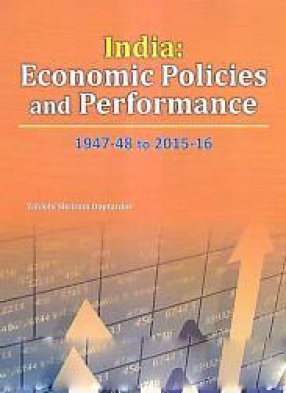For almost three decades, the economic development pattern of India was characterized by strong centralized planning, government ownership of basic and key industries, excessive regulation and control of private enterprise, trade protectionism through tariff and non-tariff barriers, and a cautious and selective approach towards foreign capital. However, this strategy began to be widely questioned in the 1980s. Policy makers started to realize the drawbacks which inhibited competitiveness and efficiency, producing a much lower rate of growth than expected. Consequently, economic reforms were set in motion on a modest scale, when controls on industries were reduced by the country’s 1985 industrial policy. The economic reforms program got a further boost when the government announced a new industrial policy in 1991. In the new, liberalized industrial and trade environment, the government is progressively assuming the role of a promoter, facilitator, and catalytic agent, instead of a regulator and controller of economic activities. India’s gradual and cautious approach to economic reforms has proved well-founded and the country is placed on a firm footing for future forays into domestic and global economic activities. It is now much more integrated with the world economy and has benefited from this integration in many ways.
Strategies for Rural Development: Planning and Performance
The present publication is ...
$18.05
$19.00





There are no reviews yet.